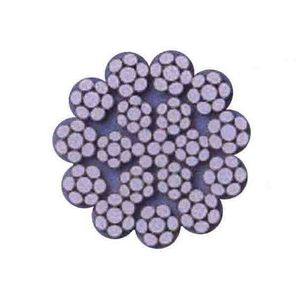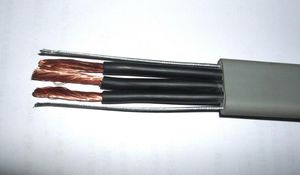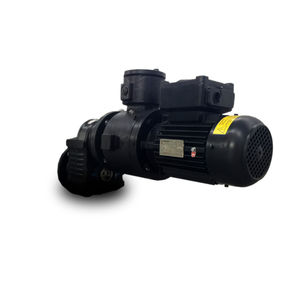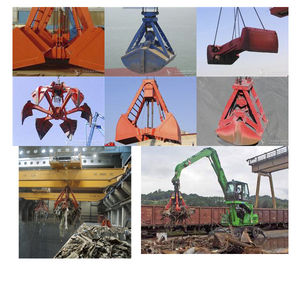
- Power Transmission - Mechanical components
- Mechanical Transmission
- Drum brake
- Eurocrane(China)Co.,Ltd
- Products
- Catalogs
- News & Trends
- Exhibitions
Crane brake 00145drummechanicalsafety


Add to favorites
Compare this product
Characteristics
- Type
- drum
- Operation
- mechanical
- Other characteristics
- safety, for crane
Description
Basic Info
Model No.: Eurocrane-00145
Certification: GS, RoHS, SGS, CE, ISO9001, Other
Condition: New
Operation Form: Air Operation+Ground Operation
Maximum Lifting Height: 10-15m
Maximum Lifting Weight: <20t
Additional Info
Packaging: wooden box packing/plywood packaging
Productivity: 3000 sets per year
Brand: Eurocrane
Transportation: Ocean,Land
Place of Origin: China
Supply Ability: 3000 sets per year
Certificate: ISO9001/ISO14001
HS Code: 84314999
Port: Shanghai,Tianjin
Product Description
Crane Brakes
A crane Brake not only serves a control purpose, but also functions as a safety device. With the brake, a hoist can speed up or slow down its vertical motion as well as control the rising or lowering goods to stop stably at a required height. Another use of the brake is in the crane traveling or luffing mechanism, where it allows the mechanism to stop at a pre-set location. Advantages There are two brake shoes in one Drum Brake. Each shoe is equipped with a shoe clearance balancing device that has been granted a patent. The two balancing devices interlock with each other, so that the clearance of brake shoes on both sides is always the same. This makes clearance adjustment unnecessary, which effectively prevents the brake lining sticking to the shoe brake due to unbalanced shoe clearance. Available also is a shoe automatic aligning device. At the main hinge points is equipped with the self-lubricating bearing. This ensures high transmission efficiency, extends the use life of the hinged connection, and eliminates the need for lubricating oil.
*Prices are pre-tax. They exclude delivery charges and customs duties and do not include additional charges for installation or activation options. Prices are indicative only and may vary by country, with changes to the cost of raw materials and exchange rates.
















